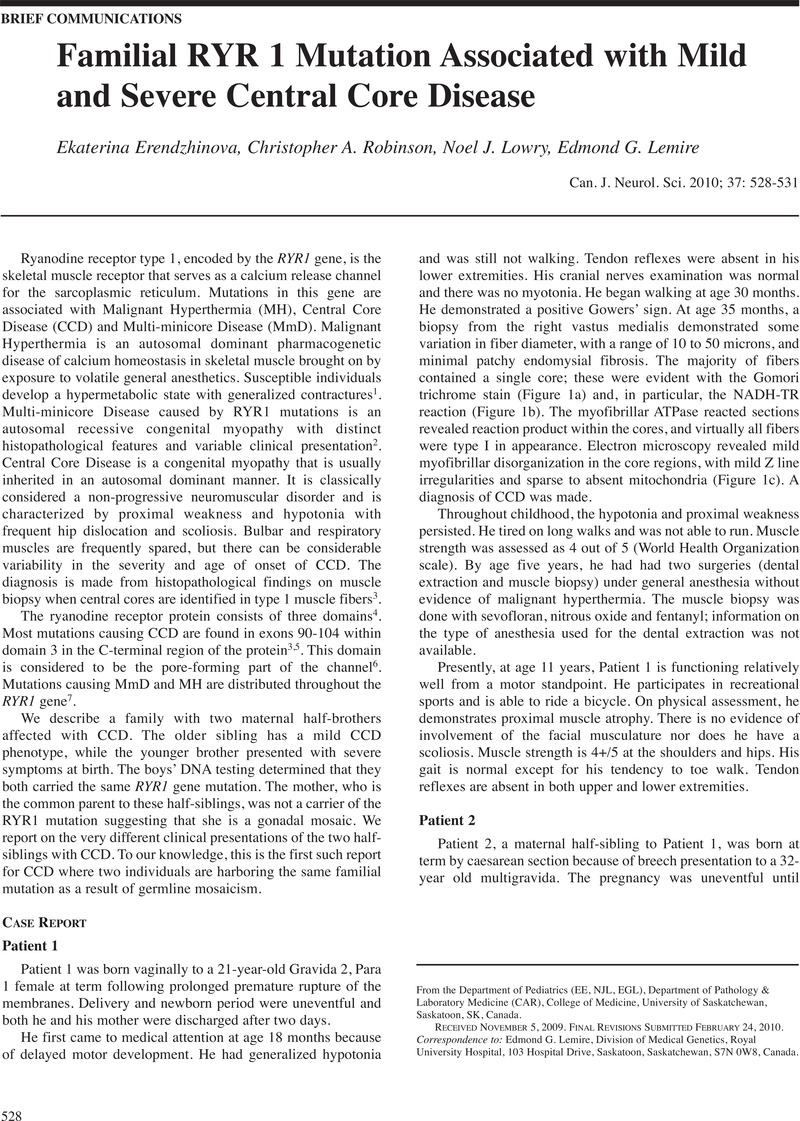Crossref Citations
This article has been cited by the following publications. This list is generated based on data provided by Crossref.
Cuperman, Thais
Fernandes, Stephanie A
Lourenço, Naila CV
Yamamoto, Lydia U
Silva, Helga CA
Pavanello, Rita CM
Yamamoto, Guilherme L
Zatz, Mayana
Oliveira, Acary SB
and
Vainzof, Mariz
2014.
Silent polymorphisms in the RYR1 gene do not modify the phenotype of the p.4898 I>T pathogenic mutation in central core disease: a case report.
BMC Research Notes,
Vol. 7,
Issue. 1,



